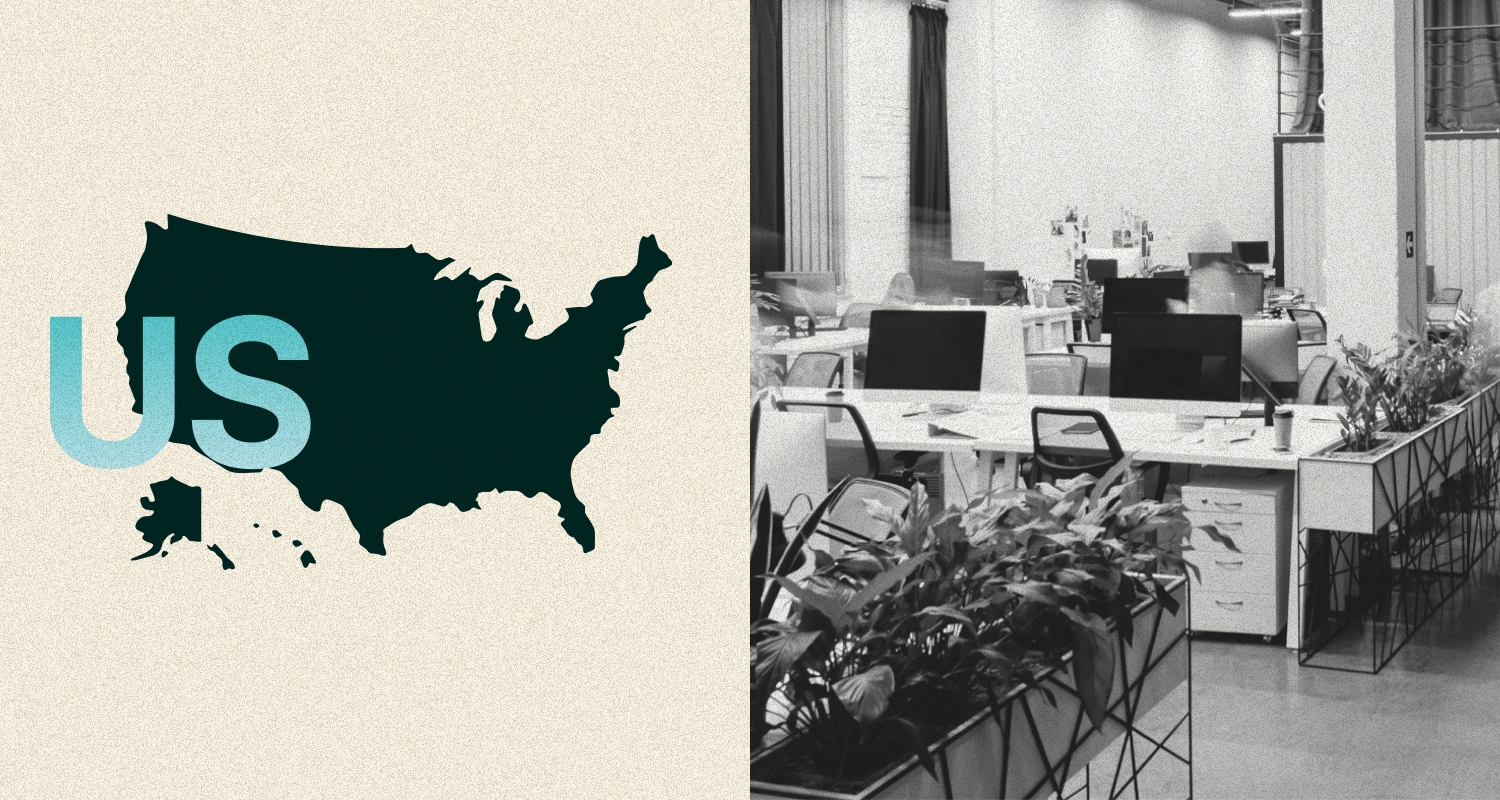Employers may be looking to reduce employee hours or mandate time off for (i.e. furlough) a part of their workforce due to the economic impact of the coronavirus (also known as COVID-19).
Employers may want to continue providing benefits for these employees; however, the issue an employer may face is that their benefit plan documents usually require employees to be “actively at work” and working full time hours (e.g. 30) to be covered by the benefit plans. This means that employees who have their hours reduced or who are furloughed (even temporarily) will not be active full-time and will often have their benefits terminated after a period of time.
Employers should take the following steps to ensure compliance with their health and welfare benefit plans when providing benefits continuation:
(1) Review plan documents to determine requirements regarding employee eligibility and benefits continuation during unpaid/unprotected leaves of absence;
(2) Consider the need to amend any plan documents to accommodate new eligibility requirements (including any furlough benefits continuation policy) upon approval from all relevant carriers;
(3) Communicate any new requirements to employees via either a summary of the plan modification or by updating the eligibility rules in your wrap summary plan description (if approved by all relevant carriers); and
(4) Provide COBRA continuation coverage to employees who lose coverage due to a COBRA qualifying event.
Important Note: This article does not discuss employment law considerations and employers are encouraged to reach out to employment law counsel to discuss these implications.
(1) Employers should check their plan documents and amend them accordingly (with carrier approval).
Reviewing Eligibility & Plan Terms
Employers must first review their plan documents (insurance carrier’s certificates of coverage) to determine carrier requirements for eligibility.
-
- Carriers often require employees to be actively working and working a minimum number of hours in order to be eligible for coverage, unless their leave is protected under the law (such as FMLA leave).
- Carriers will also tend to outline how long they are willing to continue benefits when someone is on an unpaid/unprotected leave of absence. Since furloughs are essentially treated as an “unpaid/unprotected leave” for benefits continuation purposes, furloughed employees may not be eligible to continue their benefits under the terms of the plan document past a certain time. Keep in mind that carriers may allow employers to set their own eligibility requirements or policies around benefits continuation, and what is allowed can vary by carrier.
- Carriers may allow employers to set their own eligibility requirements or policies around benefits continuation, this will really depend on the carrier.
- Self-insured plans: Employers should look at their summary plan description, plan document, and stop-loss policy to determine how coverage is affected during a furlough.
Important note on carriers and COVID-19 plan eligibility rules: In response to COVID-19, some carriers are temporarily “relaxing” requirements for employees to be actively working in order to be eligible for coverage. Some carriers are allowing benefits continuation for employees/workers who are laid off or furloughed due to COVID-19 as long as monthly premiums payments are received. Employers should check with their carriers to determine if they have similar COVID-19 policies.
Amending Plan Documents
If an employer wants to continue providing benefits to employees who have their hours reduced (or who are furloughed) and their plan documents have conflicting language, employers may want to seek carrier approval to amend their plan documents. Employers must abide by each of their benefits’ plan documents and must seek carrier approval before following a policy that does not align with the plan language.
For instance, if the plan documents only provide a coverage extension for a maximum of 5-weeks during unpaid leaves and the employer wants to provide coverage during a 10-week furlough, they can speak with their carrier to see if a plan amendment will be approved.
If plan documents are unclear or silent regarding eligibility or benefits continuation, or if employers want to change the terms of the policy, they should contact their carrier.
(2) Employers should determine what their eligibility and benefits continuation requirements will be and make changes accordingly.
Employers should determine what changes, if any, they want to make to their benefits eligibility and continuation rules. Employers should ensure that their policies align with their carrier plan documents (as discussed above).
Below are some compliance considerations when designing a policy:
Who will be eligible for benefits?
It is important for employers to understand that changing eligibility requirements may also inadvertently make more employees eligible for benefits and trigger an enrollment event.
Example: Currently, an employer requires employees to work full time hours in order to be eligible for benefits. Due to COVID-19, the employer reduces the hours for their full-time employees down to 20 hours. In an effort to continue benefits coverage for their full-time population, they change the eligibility requirements under their plan (with carrier approval), so that employees are only required to work 20 hours to be benefits eligible. This change would also make their part-time employees eligible for benefits and would trigger an enrollment event for these individuals.
In order to avoid making more employees eligible for benefits, employers can “class” out their employees, so that only certain employees would become eligible for benefits. It is important to note that employers are only allowed to “class out” employees based on a bona-fide employment reason (such as salaried employees vs. hourly employees, location, job title, etc.).
Important for Applicable Large Employers (ALEs) who use a look-back measurement period: It is important for ALEs to remember that employees being measured in a look-back measurement will be considered full time for their entire stability period, even if they have a reduction in hours (this is because they worked, on average, full time hours during their prior measurement period).
ALEs are required to provide these employees with healthcare benefits during their entire stability period (even if their hours are reduced) and may face ACA penalties if they fail to do so. Employers who are reducing hours should take this into consideration when changing their eligibility requirements.
How long will the change in eligibility last?
Employers must determine how long they want any change in eligibility to last. Some employers may only want to change eligibility requirements while they weather through COVID-19. Employers have the option to change eligibility for a specific period, but should consider the following:
-
- A change in eligibility may later cause a material reduction in benefits under the plan: If a material reduction of benefits occurs, employers are required to distribute a summary of material reductions (“SMR”) to employees explaining the changes. Employers are required to distribute an SMR within 60 days of the adoption of the change.
- A change in eligibility may cause a COBRA qualifying event: If the change in eligibility requirements causes employees to lose coverage due to a reduction in hours (such as a furlough), this would be a COBRA qualifying event and employers would have to offer COBRA continuation coverage.
Does employer’s wrap summary plan description (SPD) need to be amended?
Employers must amend their wrap SPD to reflect any changes in eligibility. They should include any changes to the hours worked or any actively at work requirements and include how long these changes will last. It is best practice for employers to inform employees of these changes (and they may do this by re-distributing the amended wrap SPD or providing a summary of the change to affected employees).
What benefits will the employer continue during a furlough or offer to their new eligibility class?
The most common benefit for an employer to extend is the medical plan, but employers should also consider other benefits that may be affected. Again, employers must ensure their policies align with their plan documents for each benefit (see discussion above).
How can employees pay for their portion of premiums while on the furlough or if their paycheck does not cover the cost?
Payment of Premiums while on Furlough
Employers should implement a policy or follow their existing policy for collecting employees’ share of healthcare premiums. Employers can choose to implement any one of the following policies and must apply the policy uniformly to all employees:
-
- Pre-payment: Employers can allow employees to pre-pay premiums prior to any furlough. Employees must voluntarily consent to the pre-payment and can elect to make the payment on a pre-tax basis through a salary reduction (if the employer’s Section 125/Cafeteria Plan allows for it) or on a post-tax basis.
- Pay as you go: Employers can implement a policy whereby they collect premiums from employees during the furlough period. Since employees will not be receiving a paycheck during the furlough, they cannot make pre-tax deductions for premiums and they must be made on a post-tax basis.
- Payment upon return: Employers can cover the cost of employees’ share of premiums with the understanding that the employees will pay the employer back upon their return. When employees return from work, they can pay the amount back on a pre-tax basis through a special catch-up salary reduction (if the employer’s Section 125/Cafeteria Plan allows for it) or on a post-tax basis.
Insufficient Paychecks
In general, employers are not required to continue coverage if employees are not paying their portion of the premiums (other than in certain FMLA situations). The employer must provide a 30-day grace period for payments, similar to COBRA; however, if premiums are not paid by the end of the grace period, coverage may be terminated back to the last day for which premiums were paid. In general, if the employee check is insufficient and the employee does not make arrangements to remit premiums on an after-tax basis, coverage will end.
If the employee continues to be eligible for benefits (e.g., because they’re in a stability period) and they wish to remain enrolled (but their check doesn’t cover the cost) they’ll need to remit premiums after-tax in a manner similar to how COBRA premiums are paid (e.g, 30-day grace period). The employer should help facilitate the payments in order to continue to be considered to have made an offer of coverage to the employee.
(3) Communicate new policies to employees.
Employers should communicate any new eligibility requirements to employees or information on furlough policies, such as which of their benefits (if any) are being continued, how long they continue, and how they can pay for their healthcare premiums.
This can be done by updating the employer’s wrap SPD and re-distributing it, or by issuing a separate summary of the changes (often referred to as a “summary of material modification” or “SMM”) to affected employees. Technically, employers have 210 days after the end of a plan year to inform employees of material plan changes; however, under these circumstances, affected employees would need to be notified of the changes to eligibility within a reasonable time period.
In addition, if there is a material reduction in the plan (such as a loss in benefits), employers must also distribute a summary of material reduction describing the changes to employees within 60 days of adopting the change.
(4) Offer COBRA continuation coverage to employees who experience a loss of coverage.
Employers with 20+ employees in the previous year are subject to federal COBRA requirements. These employers are required to offer COBRA continuation coverage to employees if they experience a loss of healthcare coverage due to a COBRA qualifying event.
Reduction in Hours
A reduction in hours that causes a loss of coverage is a COBRA qualifying event. This means that if an employer reduces an employee’s hours (including furloughs) and this causes them to lose coverage, they are required to offer COBRA continuation coverage and send out the proper COBRA notices. Many employers work with COBRA vendors to send out the required notices and administer their COBRA benefits.
COBRA Assistance for Employees
COBRA coverage costs up to 102% of the cost of coverage. To assist employees with COBRA costs, employers may want to, but are not required to, subsidize all or a portion of COBRA premiums for a specified period (as outlined in their leave policies). Alternatively, employers can set up a repayment plan whereby the employer covers the cost of the COBRA premiums and employees pay the premiums amount back when they return to work.
Important note for self-insured employers: Offering COBRA subsidies may result in nondiscrimination testing issues for self-insured employers if subsidies are only being given to highly compensated employees. If the subsidy is offered consistently for all employees, including both highly compensated and non-highly compensated employees, it should not be an issue.
Important Note on Employment Law Considerations for Furloughs:
This article reviews compliance considerations for benefits continuation and employers are encouraged to speak with legal counsel to understand the many employment law implications for furloughs. For instance:
-
- Employees may be entitled to “protected” leave if they take time off to care for themselves or a loved one under state or federal laws. For more on the COVID-19 and leave, see our blog.
- Under certain state and federal laws, a furlough may turn into a constructive termination after a certain amount of time. For more on California regarding furloughs and terminations, see the Division of Labor Standards Enforcement letters here and here.
- Employees may want to seek unemployment insurance (UI), paid family leave (PFL), or disability insurance (DI) during the furlough. For more on the California Development Department guidance on UI, PFL, DI and COVID-19, see our blog.
Conclusion
-
- Employers should look to their plan documents to determine what their carriers allow with regard to employee eligibility or benefits continuation on an unpaid/unprotected leave.
- Employers should consider what they would like their eligibility rules to be and then confer with their carriers to align their policies and plan documents.
- Employers should communicate any changes to employees.
- Employers should also be aware that certain carriers are relaxing their eligibility policies to help employees who are adversely affected by COVID-19.
Additional Resources
- ThinkHR COVID-19 Resources
- California Division of Labor Standards Enforcement Letters on Furloughs and Constructive Termination here and here
- Leave Program Considerations in Light of COVID-19
- California Agencies Release Guidance on COVID-19
- Employer Considerations: HIPAA and the Coronavirus
The information and materials on this blog are provided for informational purposes only and are not intended to constitute legal or tax advice. Information provided in this blog may not reflect the most current legal developments and may vary by jurisdiction. The content on this blog is for general informational purposes only and does not apply to any particular facts or circumstances. The use of this blog does not in any way establish an attorney-client relationship, nor should any such relationship be implied, and the contents do not constitute legal or tax advice. If you require legal or tax advice, please consult with a licensed attorney or tax professional in your jurisdiction. The contributing authors expressly disclaim all liability to any persons or entities with respect to any action or inaction based on the contents of this blog.




